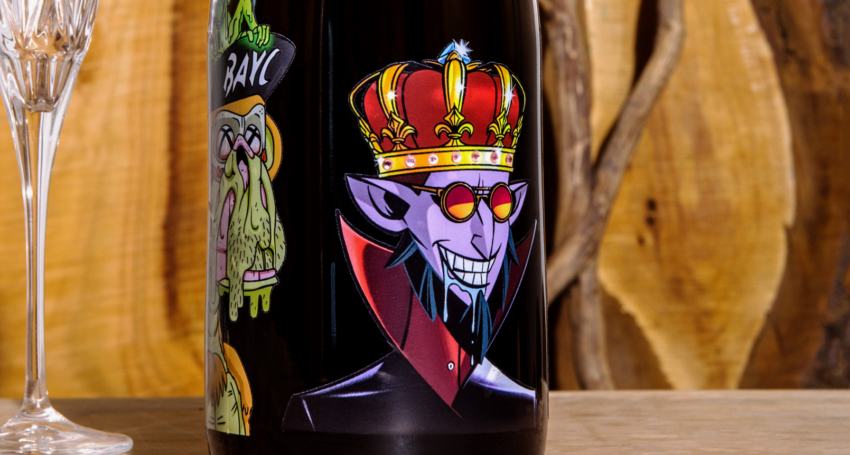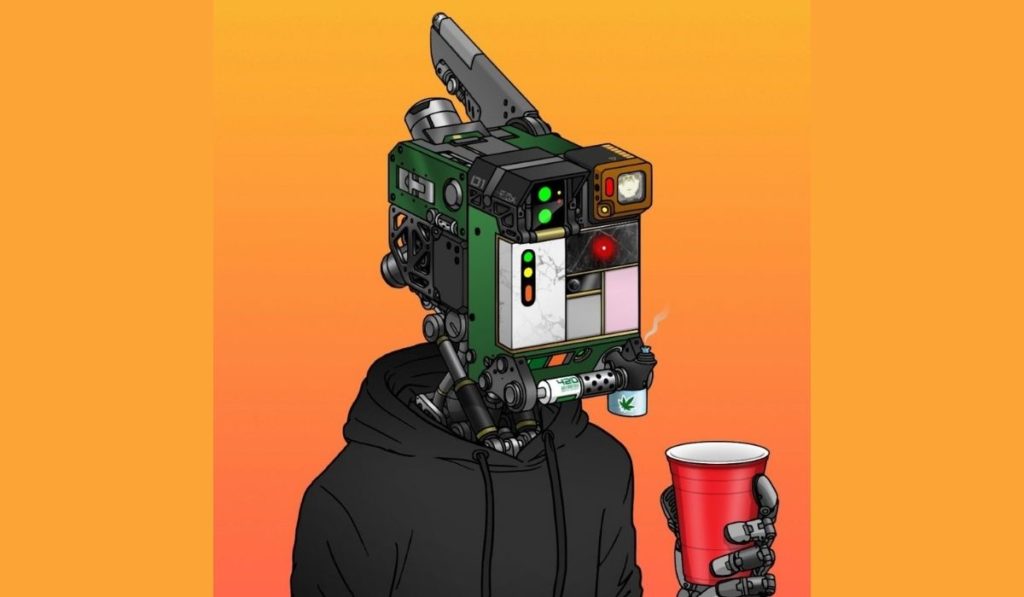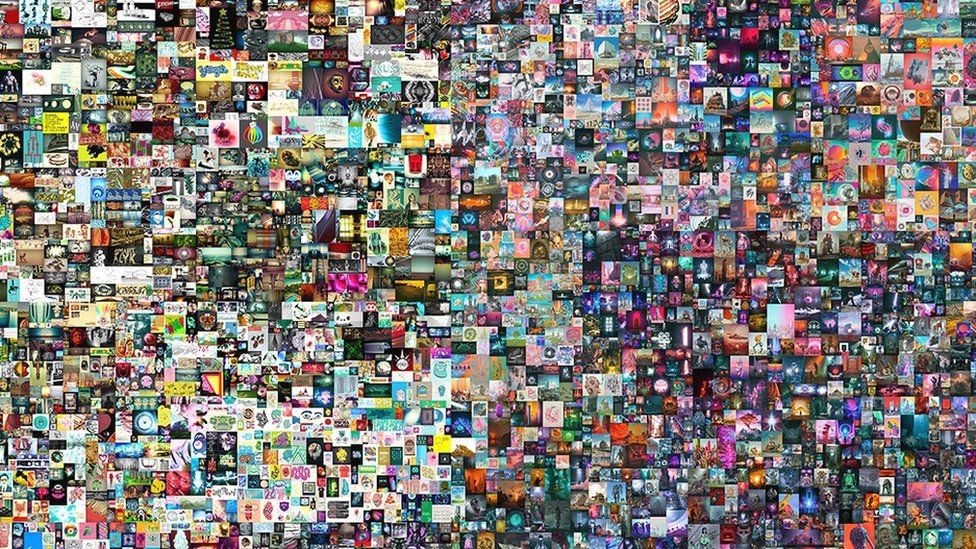2023-1-31 17:27 |
On March 22, 2006, Twitter founder Jack Dorsey sent the first of what we’d come to know as tweets, starting a phenomenon that has colored social interaction for two decades now. Then, later, in April of 2022, the tweet was minted and sold as an NFT for $2.9m. While its value quickly fell to around $14,000, Dorsey’s musings nevertheless represented a brand new use case for NFTs.
DogecoinOf course, there are already plenty of different ways that NFTs have been packaged, including in forms that don’t actually use digital property at all. The casino company Betfair has bundled Web3 concepts into a game called NFT Megaways, which it lists among its more traditional slots online. The game includes references to crypto punks, Tesla, cryptocurrency, and even the Shiba Inu doge.
That latter creation, doge, is one of the internet’s great treasures. Named after an image of a real-life dog called Kabosu, doge gained even greater fame when it was made into the Dogecoin cryptocurrency in 2013. Today, the “joke” token, to quote its founders, has gained a large amount of legitimacy, being associated with Elon Musk and Twitter, as well as Premier League soccer team West Ham United.
Emily RatajkowskiDogecoin was one of the first Web3 concepts created just for a laugh but NFTs have recently taken that idea to its logical extreme. For instance, model and actress Emily Ratajkowski paid $81,000 for an image of herself back in 2014, only to mint it as an NFT a few years later and sell it for $175,000. The sale was considered an act of revenge by Ratajkowski, as the original image was unlicensed.
In a similar moment of strangeness, tennis player Oleksandra Oliynykova minted part of her arm in 2021 to help raise money for her playing career. Selling for $5,000, Oliynykova promised to take the “art object” to some of the most important tennis locations in the world. While that might sound a little strange – even dystopian – it’s still far from the weirdest thing sold as digital property.
Banksy‘Twig’ is a 2018 photograph of a stick found by Remy the dog in West Village, New York. The item was presented as a bit of an art project (“Original, 1 of 1”) that sold for $1,200. As an NFT art piece, it’s perhaps a little evocative of the group that burned an original Banksy painting after minting it as an NFT.
The permanence of the blockchain is ostensibly meant to contrast with the sometimes ephemeral nature of physical artwork.
Some of the more comedic NFTs do highlight interesting real-world possibilities for the blockchain though. For instance, two employees of Coinbase exchanged NFTs instead of wedding rings at a ceremony in 2021, while the trading of colors is possible courtesy of the Colour Museum. In the latter case, this could assist in arguments over pigment ownership, such as the one that has been following Vantablack around.
Overall, the more weird things that NFTs are used for, the greater their potential as a real-world solution.
The post Twigs and Colors: NFT Silliness is a Good Thing appeared first on NFT News Today. origin »NFT (NFT) на Currencies.ru
|
|














